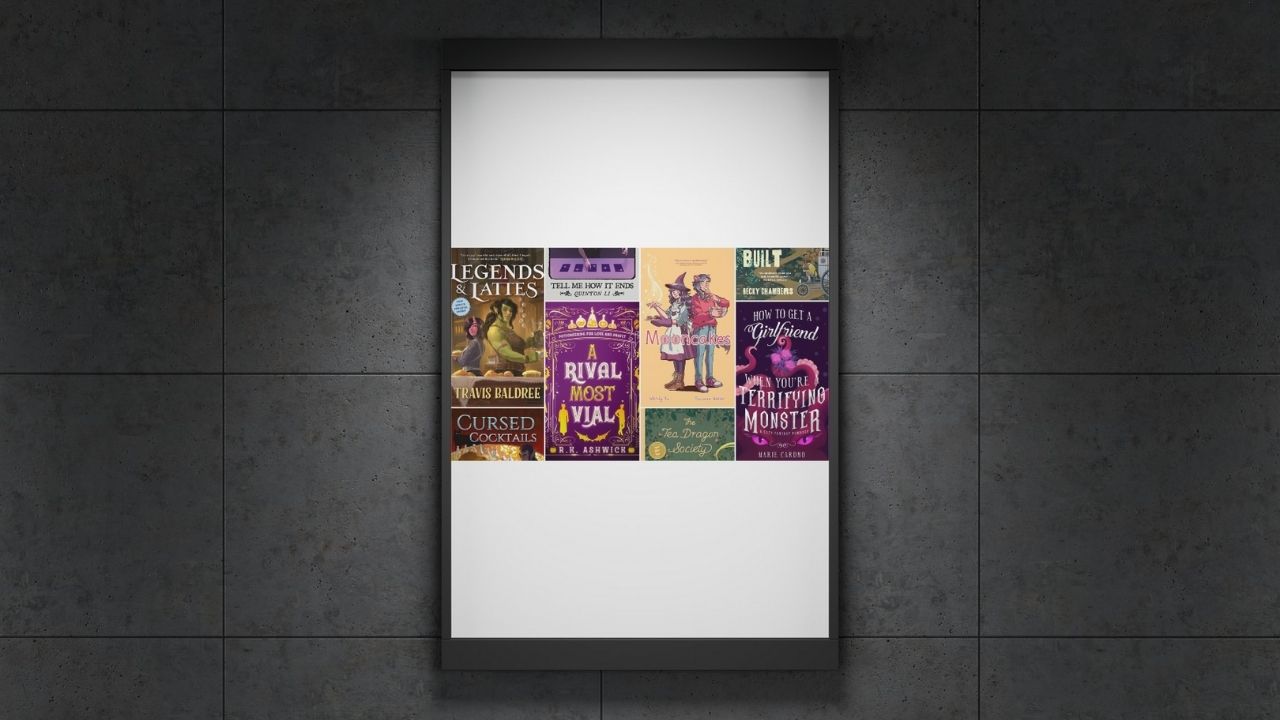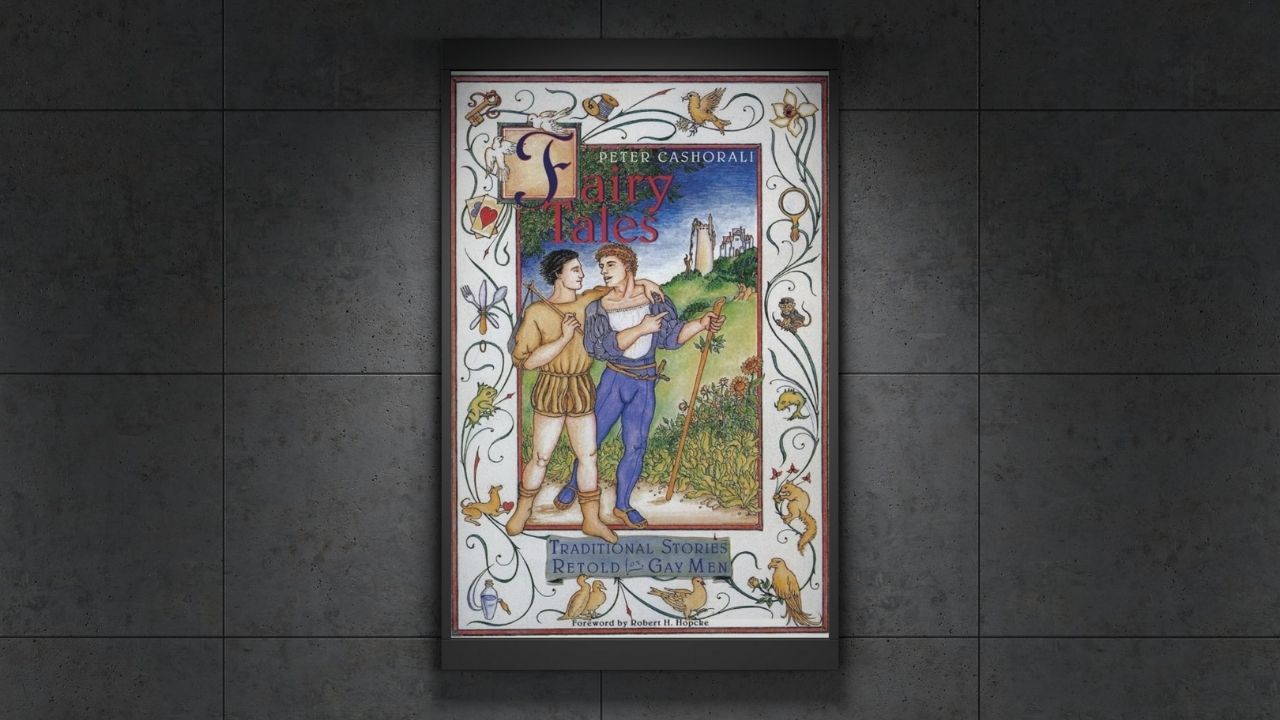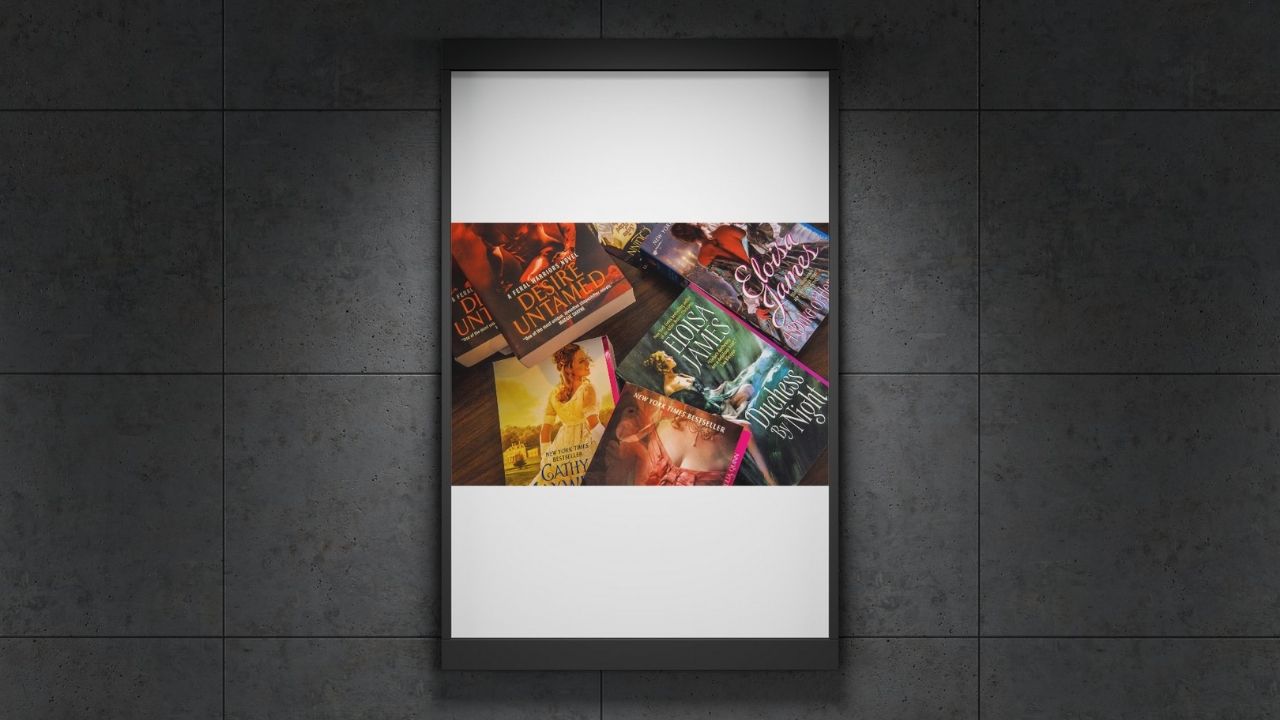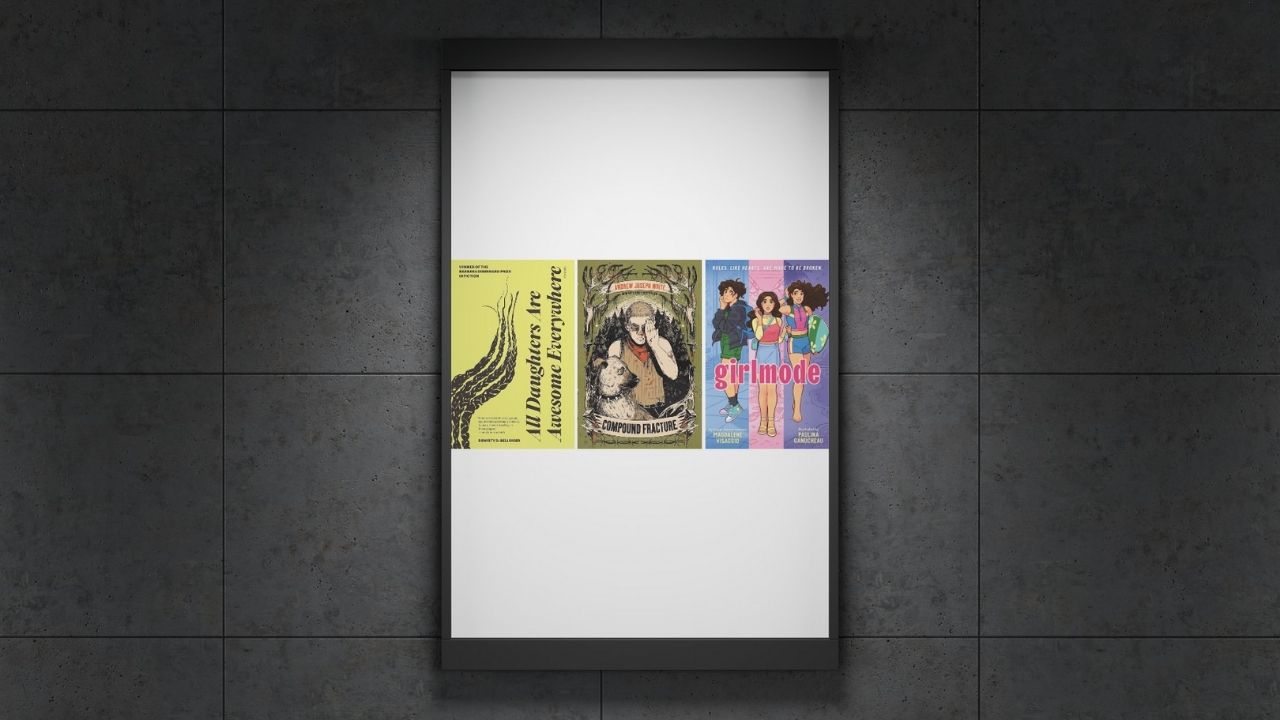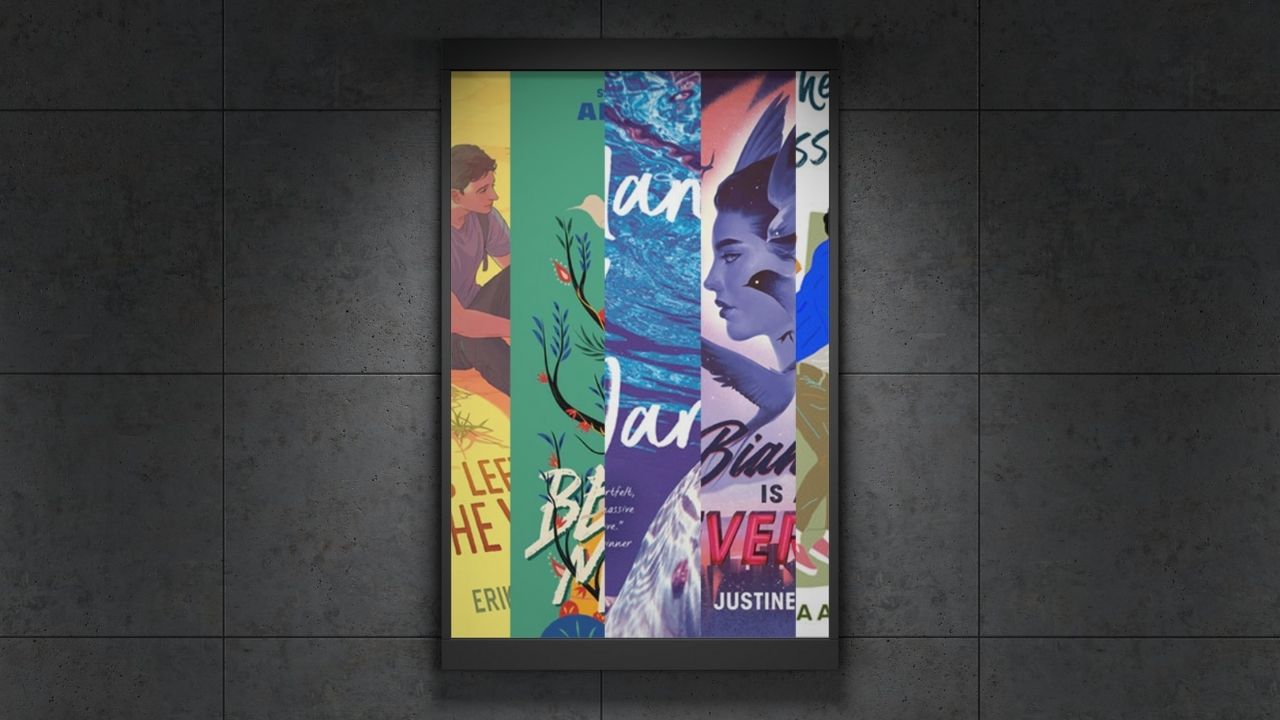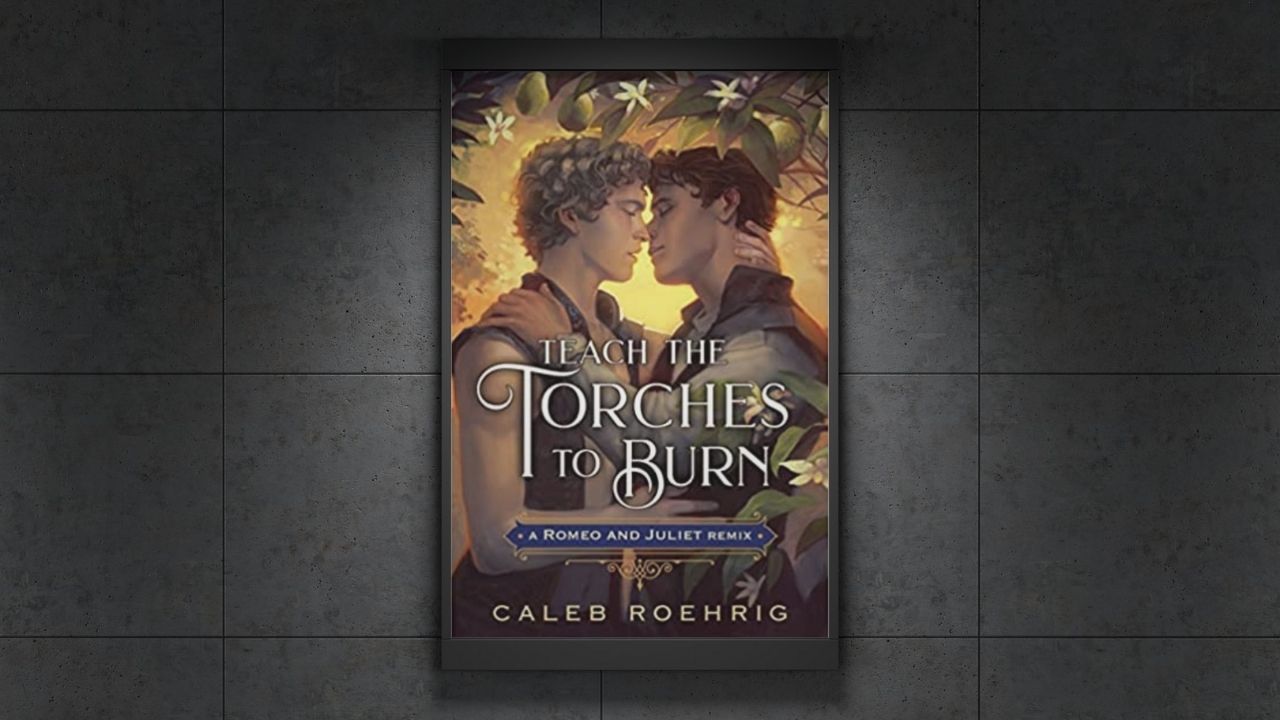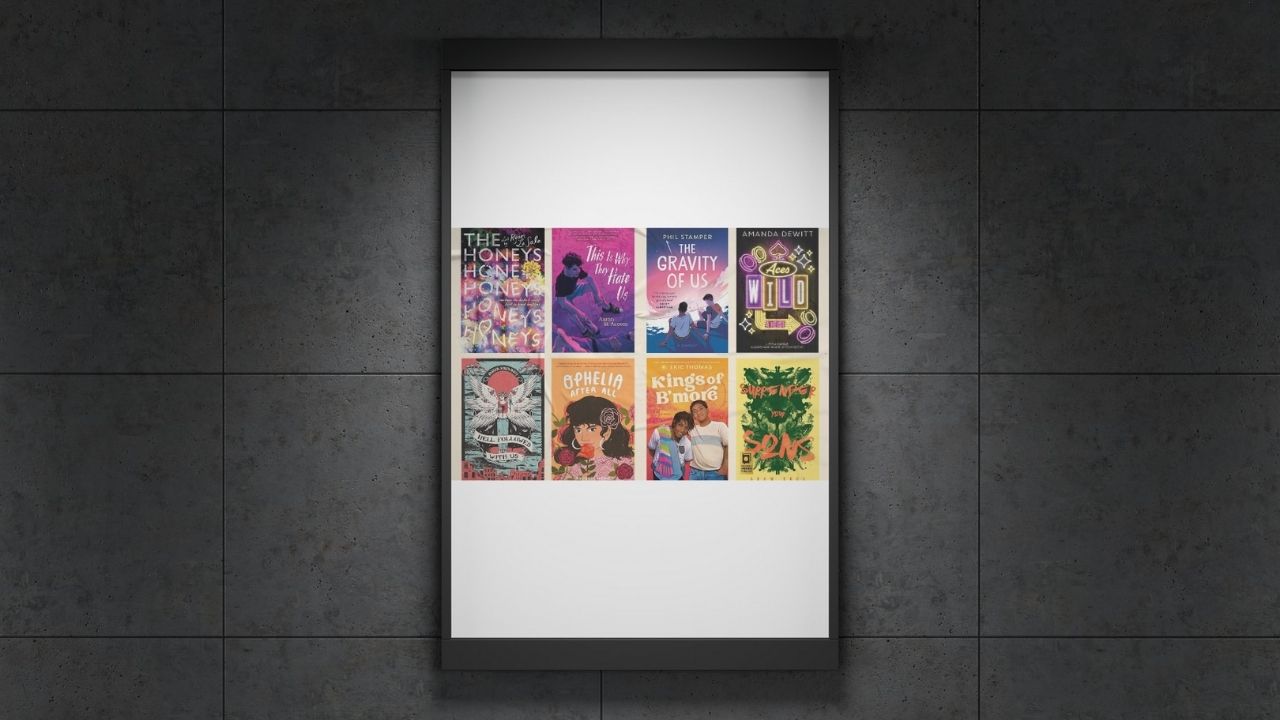Fantasy has always been a genre of boundless imagination, transporting readers to worlds filled with magic, mythical creatures, and epic quests. Throughout its history, fantasy has explored themes of heroism, destiny, and the battle between good and evil. However, for much of its existence, it largely centered on heteronormative narratives, leaving queer identities in the …
Classic fairy tales have long been a cornerstone of storytelling, passing down moral lessons, cultural values, and timeless archetypes. From Cinderella’s transformation to Sleeping Beauty’s enchanted sleep, these stories often reinforce traditional roles, including heteronormative romance and rigid gender expectations. While they have captivated audiences for centuries, they have also excluded diverse identities, particularly queer …
Fantasy literature has long been a realm of boundless imagination, where worlds are built from scratch, magical creatures roam free, and the ordinary transforms into the extraordinary. However, for many years, the genre lacked diverse representation, particularly in terms of gender and sexuality. Characters who reflected the wide spectrum of human experiences were often marginalized …
The fantasy genre has long captivated readers with its boundless imagination, and in recent years, a growing number of LGBTQIA+ authors have been shaping the landscape of this beloved genre. Their voices bring fresh perspectives, diverse narratives, and deeper emotional connections that resonate with readers worldwide. Representation matters, especially in a genre that thrives on …
In fantasy stories, the concept of “found family” — where characters form deep, meaningful bonds beyond biological ties — resonates powerfully with readers. For the queer community, these stories often mirror real-life experiences of creating supportive families of choice. Found family narratives highlight themes of acceptance, trust, and unconditional love, making them especially impactful in …
Fantasy literature has always been a space for exploring the unknown and challenging the rules of reality. When combined with a historical twist, these stories take us back in time to reimagine the past through a fantastical lens. Now, imagine blending this historical imagination with queer representation—where characters of diverse sexual orientations and gender identities …
Fantasy literature has long served as a gateway to worlds beyond reality, offering authors and readers the freedom to explore themes that challenge societal norms. Among these themes, identity—particularly queer identity—finds a powerful space to flourish. Fantasy narratives create settings where gender, sexuality, and self-expression are not confined by real-world limitations, allowing for fluid and …
Fantasy has long been a genre of limitless possibilities—offering readers mythical creatures, epic battles, and magical realms beyond imagination. However, for much of its history, fantasy fiction has followed traditional storytelling patterns, often reinforcing heteronormative relationships, gender binaries, and rigid hero archetypes. The genre has frequently sidelined or misrepresented LGBTQIA+ characters, leaving queer readers longing …
Fantasy literature has always been a genre that invites readers into worlds of imagination, magic, and adventure. Over the years, one subgenre that has gained significant attention and popularity is LGBTQIA+ fantasy, a genre that centers on stories featuring diverse, LGBTQIA+ characters navigating fantastical realms. The growing presence of LGBTQIA+ themes in fantasy is a …
Fantasy has long been a genre of limitless imagination, transporting readers to worlds of magic, adventure, and heroism. From the epic quests of The Lord of the Rings to the complex political intrigue of A Song of Ice and Fire, fantasy has evolved over centuries, incorporating new themes, perspectives, and storytelling techniques. However, for much …

